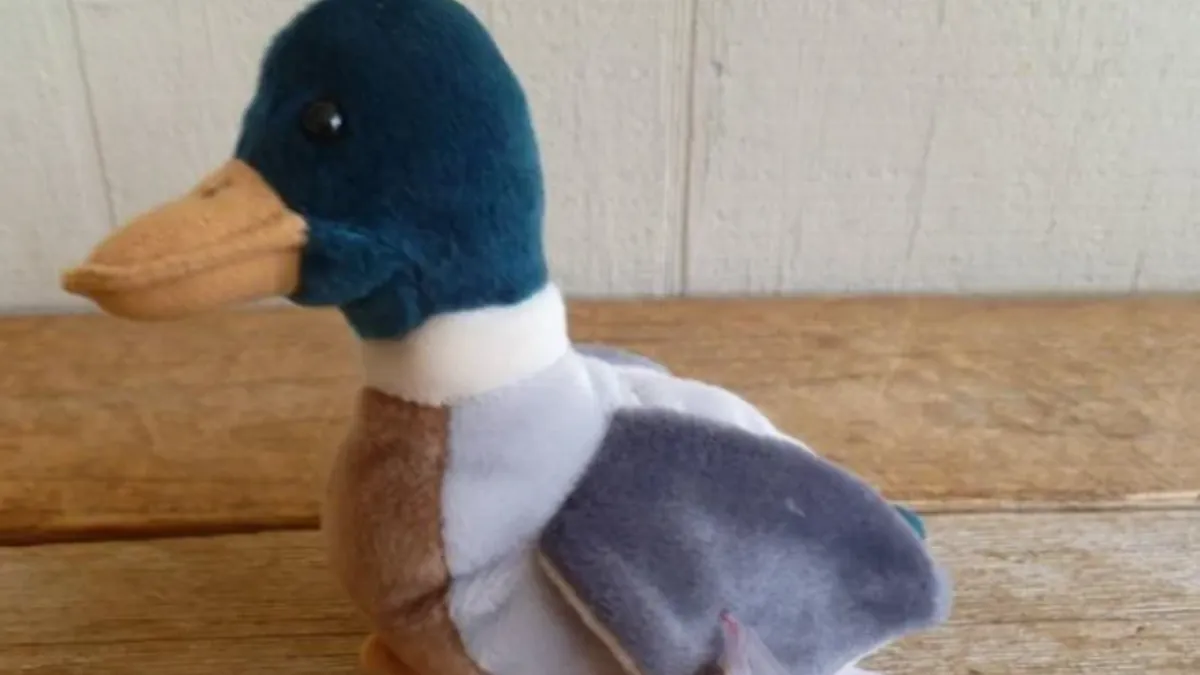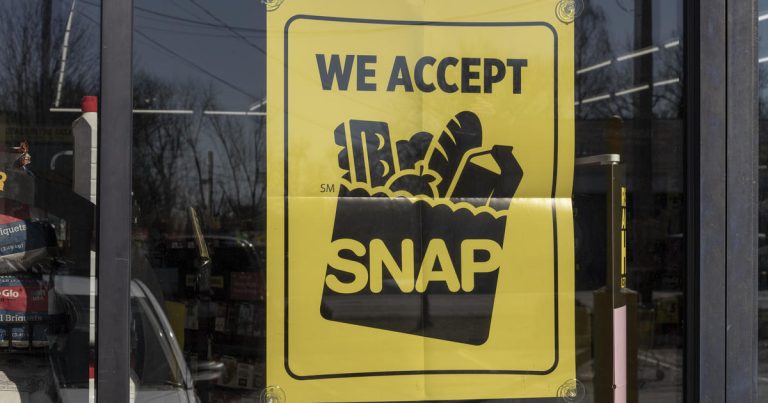One of the Beanie Babies that emerged during the late 1990s is Jake, the Mallard Duck. He is easily identifiable by the distinct contrast between his green head and gray and brown body, living up to his name in appearance.
In today’s market, although Jake the Mallard Duck may not be considered as one of the most valuable Beanie Babies available, it still holds the potential to collect a significant amount in the high hundreds.
How Did Beanie Babies Become So Popular?
Jake the Mallard Duck is a charming reminder of the time when Beanie Babies were all the rage in North America. In case you’re not familiar, Beanie Babies are a collection of plush toys made by Ty Inc. that are unique in that they are filled with plastic pellets to provide a more lifelike and flexible texture.
It’s worth noting that Beanie Babies usually come with two tags – a swing tag and a tush tag. The former is made of paper while the latter is made of cloth. These tags have undergone multiple changes over the years, so it’s possible to determine the approximate age of a Beanie Baby based on them. This is important because older versions are generally more valuable, although there are some exceptions to this rule.
It was in 1993 that Beanie Babies first made their debut, but it wasn’t until the latter half of the 90s that they truly exploded in popularity. While there was certainly an element of luck involved, it’s worth noting that their success wasn’t solely due to chance. A fair amount of strategic planning played a role in their rise to the top.
They were Sold at a Low Price
Initially, the creators of Beanie Babies kept the cost of each toy at a mere $5 instead of setting it higher. This decision removed the easiest and most direct approach to increase the perceived value of the product among potential buyers.
On the flip side, the $5 price tag led to a significant increase in the customer base for Beanie Babies. This affordable price point allowed for more individuals to partake in purchasing these stuffed animals, ultimately leading to a surge in potential interest and excitement from a broader range of consumers.
Beanie Babies incorporated unique features to spark the interest of potential buyers. One of the most noticeable aspects was the distinct appearance of each toy. In addition, they were assigned birth dates and personal poems, which added a touch of personality and charm that captivated enthusiasts.
The desire to acquire more and more Beanie Babies was fueled by the prospect of owning unique pieces instead of settling for duplicates. This created a sense of collectability that drove interested individuals to keep buying more.
A Scarcity Mindset
Furthermore, the sales strategy employed for Beanie Babies was intentionally designed to give the impression that the sought-after toys would not be available forever. This tactic was used to motivate potential buyers to act quickly and make a purchase.
The manufacturer imposed strict limits on the number of Beanie Babies that retailers could purchase for resale. This gave a false impression that the toys were constantly on the verge of selling out.
It is important to acknowledge that the manufacturer maintained a business culture of secrecy when it came to releasing information about upcoming Beanie Babies and their availability. The company was very guarded about disclosing any relevant details to interested individuals.
The Beanie Babies’ marketing strategy was so effective that it instilled a sense of uncertainty among consumers. This uncertainty led to a sense of urgency, compelling consumers to make their purchases sooner rather than later. The fear that they might miss out on their desired Beanie Baby drove them to take immediate action.
The manufacturer’s decision to retire Beanie Babies after a brief period of availability was a master stroke. This move added to the sense of urgency that drove their popularity and made them even more coveted. It was a smart and strategic decision that gave the product a unique edge and kept collectors on their toes.
What Causes Such Trends to Emerge?
During the late 1990s, the Beanie Babies craze had taken the world by storm resulting in a significant surge of interest among many enthusiasts. To those without such fervor, the actions taken by these enthusiasts may have seemed peculiar. However, as time passed, the Beanie Babies craze eventually subsided and came to an end.
Beanie Babies are still being made and purchased, however, the intense craze and fervor surrounding them has dissipated. Nowadays, it’s uncommon to find individuals who are willing to go to great lengths to obtain them.
It’s a sad truth that the Beanie Babies craze is far too familiar. Most people have likely witnessed this phenomenon more than once.
It’s worth noting that the Pokemon franchise experienced a similar phenomenon in the late 1990s and early 2000s, and more recently with the release of Pokemon Go, there was a second surge of enthusiasm.
It’s worth noting that this level of excitement is not a new concept that emerged with modern marketing techniques. In fact, history provides us with an example of the Dutch Republic’s tulip obsession in the early 17th century. This craze lasted for two years and reached such heights that a single bulb could fetch a price as high as ten times the yearly earnings of skilled artisans.
Conclusion
It’s crucial for individuals to maintain a level-headed approach towards trendy activities. It’s okay to participate in them, as long as we don’t go overboard. Moderation is the key here, and we should be mindful of it.
When people let their enthusiasm get out of control, it can have disastrous consequences for their finances and other crucial aspects of their lives. The situation was no different when it came to Beanie Babies, as many people poured in thousands of dollars at the peak of their popularity. However, this turned out to be a terrible decision in hindsight, as the trend eventually lost its charm.
Also read:
- What Makes Beanie Baby Peanut the Elephant Worth $7,000?
- What Makes Beanie Baby Patti the Platypus worth $6,000?



